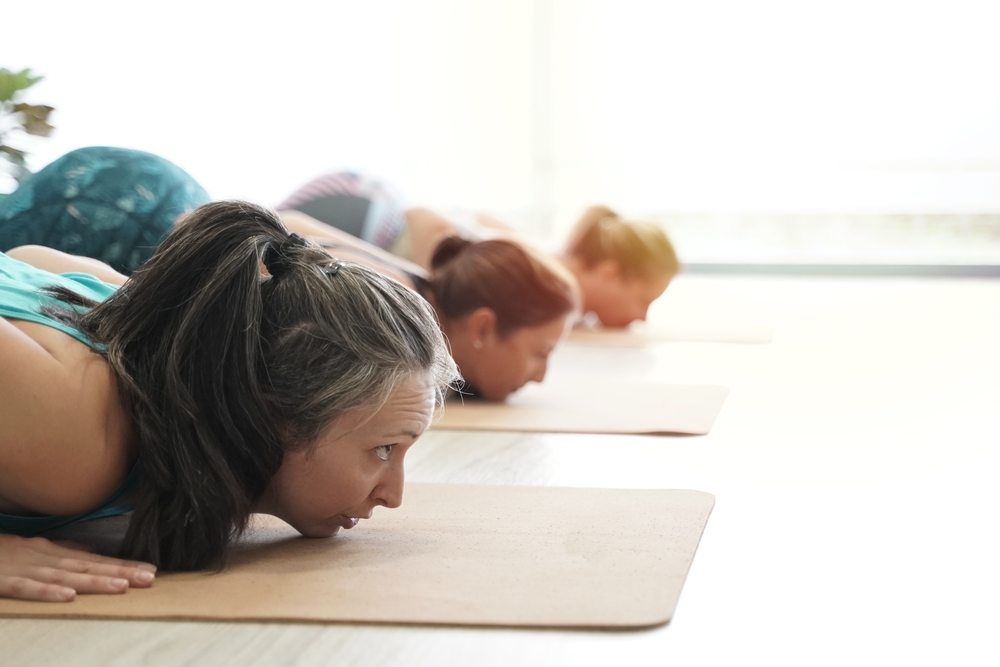In the bustling world of yoga, Ashtanga Yoga stands out as a transformative and dynamic practice that goes beyond physical postures. Rooted in ancient yogic traditions, Ashtanga Yoga offers a holistic approach to well-being, encompassing the mind, body, and spirit. In this comprehensive guide, we explore everything you need to know about Ashtanga Yoga, from its history and principles to its benefits and how to incorporate it into your life.

Understanding Ashtanga Yoga:
1. Origins and History: Ashtanga Yoga, meaning “eight-limbed yoga,” finds its roots in the Yoga Sutras of Patanjali. Introduced to the modern world by the late Sri K. Pattabhi Jois, this practice emphasizes the importance of syncing breath with a progressive series of postures to create a flowing, meditative movement.
2. Eight Limbs of Yoga: Ashtanga Yoga follows the eight-fold path outlined by Patanjali, incorporating ethical principles (Yamas and Niyamas), physical postures (Asanas), breath control (Pranayama), sensory withdrawal (Pratyahara), concentration (Dharana), meditation (Dhyana), and ultimate enlightenment (Samadhi).
The Ashtanga Series:
3. Primary Series (Yoga Chikitsa): The primary series focuses on detoxifying and aligning the body. It lays the foundation for strength, flexibility, and balance.
4. Intermediate Series (Nadi Shodhana): Once the body is prepared, the intermediate series builds on the strength developed in the primary series and explores deeper backbends and hip openers.
5. Advanced Series (Sthira Bhaga): Reserved for dedicated practitioners, the advanced series delves into advanced postures, demanding a high level of strength, flexibility, and concentration.
Benefits of Ashtanga Yoga:
6. Physical Strength and Flexibility: Ashtanga Yoga’s dynamic sequences promote muscle strength and flexibility, enhancing overall physical fitness.
7. Mental Clarity and Focus: The synchronization of breath and movement cultivates mental clarity, focus, and a meditative state of mind.
8. Stress Reduction: The rhythmic and repetitive nature of Ashtanga Yoga can reduce stress, anxiety, and promote a sense of calm.
9. Mind-Body Connection: Ashtanga Yoga encourages a deep connection between the mind and body, fostering self-awareness and mindfulness.
Incorporating Ashtanga Yoga Into Your Life:
10. Finding a Qualified Teacher: Due to its structured nature, learning Ashtanga Yoga is best done under the guidance of a qualified and experienced teacher.
11. Starting with Sun Salutations: Beginners can ease into Ashtanga Yoga by mastering the foundational Sun Salutation sequences before progressing to the primary series.
12. Consistency and Patience: Like any transformative practice, Ashtanga Yoga requires consistency and patience. Progress may be slow, but the journey is just as important as the destination.
Conclusion:
Ashtanga Yoga is more than just a physical practice; it is a journey of self-discovery that encompasses the mind, body, and soul. Whether you’re a seasoned yogi or a beginner on the path of wellness, Ashtanga Yoga offers a profound and enriching experience. Embrace the flow, synchronize your breath, and let Ashtanga Yoga guide you toward a state of balance, strength, and inner peace.
